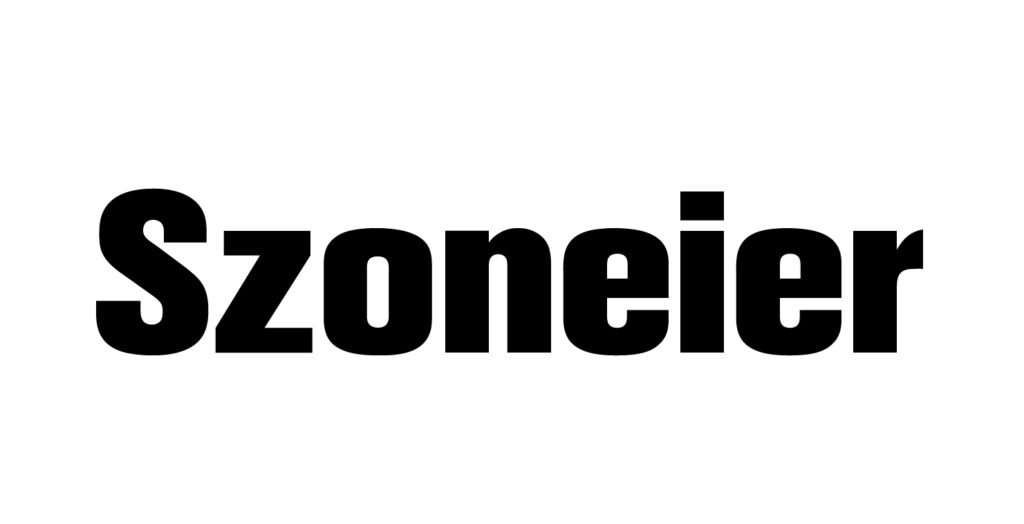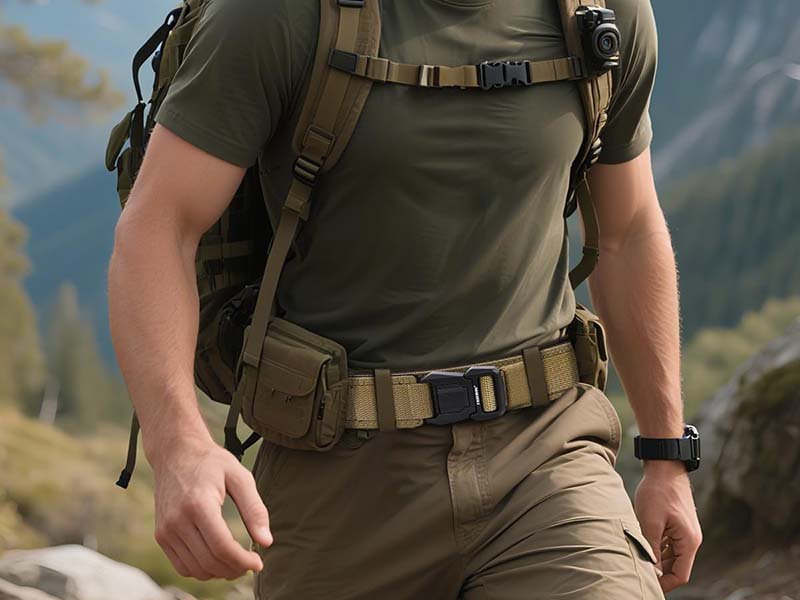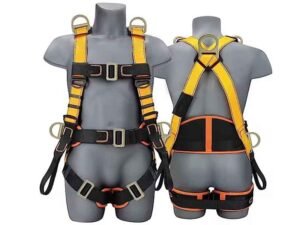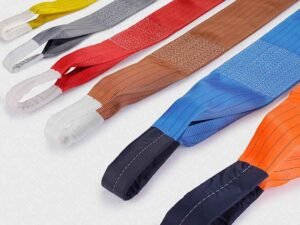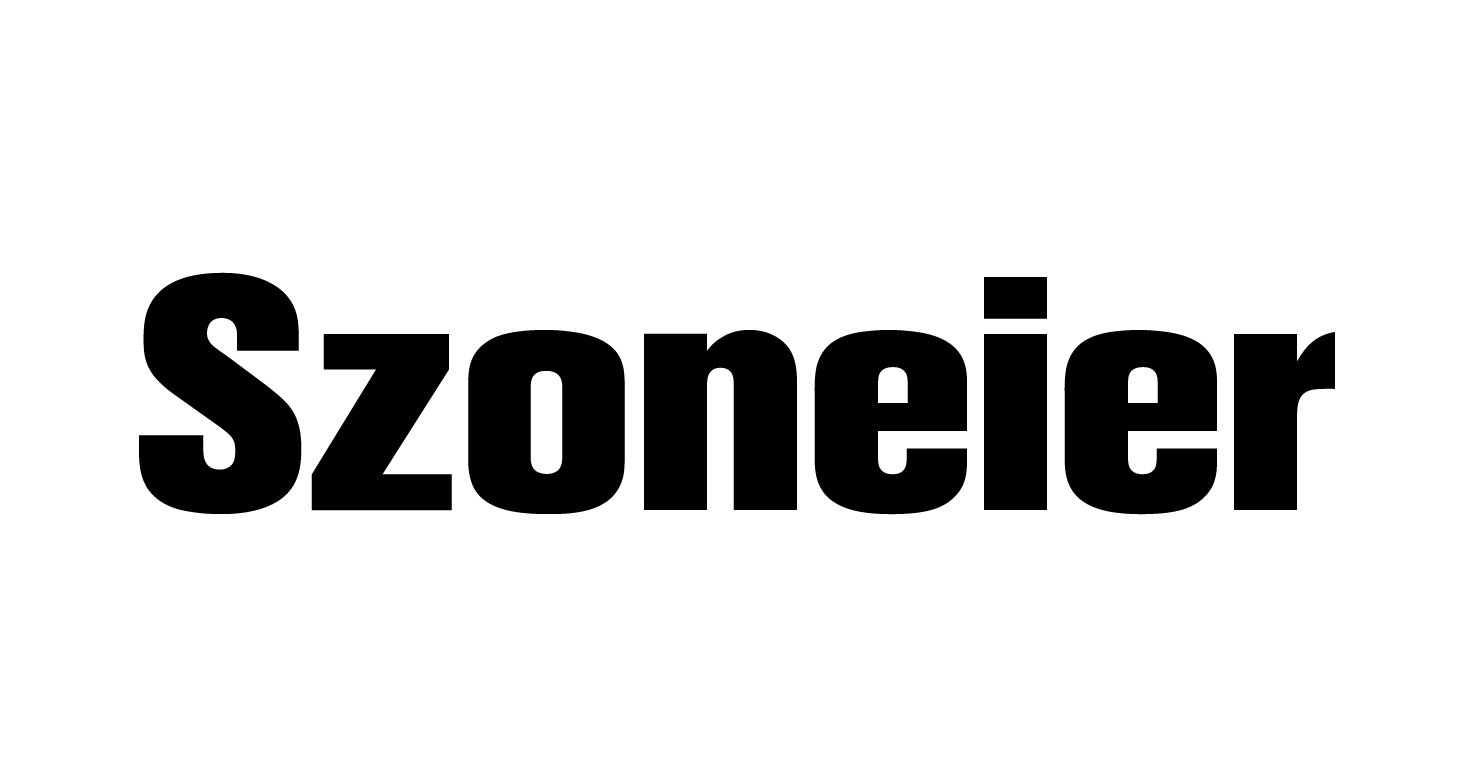Imagine gearing up for your next mission—be it a weekend hike, a training exercise, or a high‑stakes operation. Your load‑bearing equipment sits on a foundation you might overlook: the tactical belt. A poorly chosen belt can pinch, sag, or even fail under load, turning confidence into concern. Conversely, the best tactical belt can feel like a second skin, distributing weight evenly, offering instant modularity, and standing up to harsh environments. It’s more than an accessory—it’s the backbone of your kit.
The best tactical belt combines high‑strength nylon or polyester webbing (≥22 kN), a robust quick‑release or Cobra‑style buckle, and a width of 1.5–2 inches for optimal load distribution. Key features include MOLLE compatibility, reinforced stitching (box‑X or bar‑tack), and adjustable sizing. Look for belts with heat‑sealed edges and corrosion‑resistant hardware to ensure lasting performance in any environment.
Whether you’re a soldier, first responder, or serious outdoorsman, this guide will break down the science, craftsmanship, and critical features that set the top tactical belts apart. Ready to find your next belt? Let’s dive in—and hear how one team leader credited their belt’s design for saving precious minutes during a night extraction.
What Materials Make a Tactical Belt Most Durable?

Tactical belts excel when made from high‑tensile nylon or polyester webbing rated ≥22 kN. Nylon offers flexibility and shock absorption; polyester resists UV, moisture, and abrasion. A denier of 1000–1200 and tubular construction provide a balanced combination of comfort, strength, and longevity.
When evaluating tactical belt materials, two polymers dominate: nylon and polyester. Each brings unique mechanical properties that influence durability, comfort, and longevity.
Nylon Webbing
- Tensile Strength: 25–30 kN breaking strength.
- Elongation: 15–25 % at peak load—absorbs shock, reducing strain on wearer.
- Abrasion Resistance: High, but degrades faster under UV exposure.
- Feel: Softer, more pliable against the body.
Polyester Webbing
- Tensile Strength: 22–28 kN breaking strength.
- Elongation: 5–10 %—minimal stretch, providing consistent support.
- Abrasion & UV Resistance: Excellent—ideal for desert or marine environments.
- Feel: Slightly stiffer; retains shape under load.
Table 1. Material Property Comparison
| Property | Nylon Webbing | Polyester Webbing |
|---|---|---|
| Breaking Strength | 25–30 kN | 22–28 kN |
| Elongation at Load | 15–25 % | 5–10 % |
| UV Resistance | Moderate | High |
| Abrasion Resistance | High | Very High |
| Water Absorption | 3–5 % | <1 % |
Denier & Construction
- 1000–1200 Denier: Balances weight with durability; used in high‑end belts.
- Tubular Weave: Rounded profile increases comfort and allows edge inspection for wear.
Edge Treatment
- Heat Sealing: Prevents fraying; a smooth finish extends life.
- Bonded Edges: Additional UV‑resistant coating for extreme environments.
While nylon’s elasticity can feel more comfortable under static loads, polyester’s stability is invaluable when mounting heavy pouches. For belts intended to carry medical kits or weapon holsters, polyester often outlasts nylon by years. However, many professionals prefer hybrid designs—nylon inner layer for comfort, polyester outer layer for durability.
Which Buckle Types Offer the Greatest Security and Ease of Use?

Cobra‑style buckles deliver over 18 kN of tensile strength with a quick‑release mechanism, while polymer quick‑release buckles weigh less and resist cold. Hook‑and‑loop adapters add micro‑adjustability. The best tactical belts use aircraft‑grade aluminum or stainless steel buckles paired with reinforced bar‑tack anchoring.
The buckle is the control center of your tactical belt. It must lock firmly, release swiftly, and endure repeated use without loosening.
Cobra‑Style Buckles (AustriAlpin)
- Strength: Up to 18–22 kN, certified by TÜV.
- Material: Aluminum alloy or stainless steel.
- Mechanism: Dual‑release tabs prevent accidental opening.
- Advantages: Proven reliability under extreme load; metal construction resists deformation.
Quick‑Release Polymer Buckles
- Strength: Typically 5–7 kN; suitable for lower‑load duties.
- Material: Reinforced nylon or acetal.
- Mechanism: Single‑side release; lightweight and comfortable.
- Advantages: Resist freezing and corrosion; quieter in operation.
Hook‑and‑Loop Micro‑Adjusters (e.g., Velcro®)
- Use Case: Fine‑tuning belt tension; ideal for body armor applications.
- Strength: Depends on surface area—up to 10 kN with full overlap.
- Drawbacks: Velcro can wear over time; susceptible to contamination.
Hybrid Systems
- Combine a metal Cobra buckle with an internal Velcro adjuster for both secure locking and micro‑fit adjustments.
- Ensures rapid don/doff while maintaining load‑bearing integrity.
Table 2. Buckle Strength & Features
| Buckle Type | Average Strength | Weight | Notable Pros |
|---|---|---|---|
| Cobra‑Style (Metal) | 18–22 kN | 150–200 g | Extremely secure, durable |
| Polymer Quick‑Release | 5–7 kN | 50–80 g | Lightweight, cold‑resistant |
| Hook‑Loop Adjuster | Up to 10 kN | 30–50 g | Micro‑adjustable |
For load‑bearing ops (weapons, heavy gear) Cobra‑style is indispensable. But if weight and comfort top your list—such as in ultralight mountain rescue—polymer buckles paired with a robust webbing choice suffice. Ultimately, match buckle strength to mission requirements.
How Do You Choose the Right Width and Thickness for Your Belt?

A belt width of 1.5–2 inches (38–50 mm) strikes the best balance between comfort and load distribution. Thickness between 1.2–1.6 mm (depending on weave) prevents sagging under weight while remaining flexible enough for prolonged wear.
Width and thickness dictate how a belt handles stress and how it feels on your hips.
Width Considerations
- 1.5 in (38 mm): Standard size; compatible with most MOLLE loops and pouches.
- 1.75–2 in (44–50 mm): Offers increased surface area—better weight distribution for heavy rigs.
Thickness Metrics
- 1.2 mm Webbing: More flexible, molds to the body; best for belts under lighter loads (<10 kg gear).
- 1.4–1.6 mm Webbing: Superior stiffness; resists sag when mounting heavier pouches and holsters.
Balancing Comfort vs. Support
- Thicker belts can dig into your sides if poorly padded.
- Addition of a thin neoprene or foam liner alleviates pressure without compromising stability.
Beveled vs. Squared Edges
- Beveled Edges: Prevent webbing corners from cutting into your skin.
- Squared Edges: Simpler to sew; better for belt attachments.
Table 3. Width & Thickness Recommendations
| Load Level | Belt Width | Webbing Thickness | Recommended Use |
|---|---|---|---|
| Light (<10 kg gear) | 1.5 in | 1.2 mm | Patrol, light EDC |
| Medium (10–20 kg) | 1.75 in | 1.4 mm | Law enforcement, SAR |
| Heavy (>20 kg) | 2 in | 1.6 mm | Military, weapons platforms |
A one‑size‑fits‑all approach rarely works. Probationary use helps: wear your chosen belt with full kit for 8–12 hours to identify pinch points. Then adjust width, thickness, or padding as needed before committing to bulk orders.
What Features Should You Look for in a High‑Performance Tactical Belt?

A top‑tier tactical belt combines rugged construction (reinforced bar‑tack and box‑X stitching), MOLLE‑compatible attachment points, and a robust quick‑release or Cobra‑style buckle. Look for heat‑sealed edges, integrated tool loops or D‑rings, low‑profile concealed pockets, and elastic keepers to manage loose webbing. Corrosion‑resistant hardware (stainless steel or aircraft‑grade aluminum) and abrasion‑resistant webbing (1000–1200 denier nylon or polyester) ensure your belt performs flawlessly under demanding conditions.
When you need gear that works as hard as you do, these key features distinguish a true high‑performance tactical belt from a run‑of‑the‑mill strap:
Reinforced Stitching Patterns
- Bar‑Tack at Stress Points: Critical areas—like buckle anchors and tool loops—should use dense, multi‑pass bar‑tack stitching. This pattern localizes stress and prevents seam failure under sudden load.
- Box‑X at Load‑Bearing Seams: Box‑X distributes force across a 5 × 3 cm rectangle with an “X” in the middle. Tested to over 25 kN, it’s the gold standard for waist‑to‑leg loop junctions and any area bearing torsional or shear forces.
Modularity & Attachment Options
- MOLLE Compatibility: Built‑in PALS webbing rows allow direct attachment of pouches and holsters—eliminating the need for a separate inner platform belt. Look for laser‑cut or sewn rows spaced every 25 mm for universal fit.
- Integrated Tool Loops & D‑Rings: Strategically placed loops for flashlights, tourniquets, or carabiners keep essentials within reach. High‑end belts use metal‑reinforced loops to prevent tear‑out.
Buckle Design & Materials
- Cobra‑Style Buckle: Offers >18 kN strength and dual‑release tabs for security. Aircraft‑grade aluminum versions resist deformation and remain operable under extreme temperatures.
- Quick‑Release Polymer Buckle: At 50–80 g, these are ultralight and resistant to freezing or corrosion—ideal for cold‑weather or marine operations. Ensure the polymer is reinforced (e.g., acetal or fiberglass‑filled nylon) for strength.
Concealed Storage & Low Profile
- Hidden Pockets: Slim zippered or hook‑loop compartments on the belt’s interior accommodate cash, maps, or survival tools—without adding bulk.
- Elastic Keepers: Retain excess webbing and prevent flapping that can snag or distract. Adjustable tension lets you dial in just the right amount of retention.
Durable Hardware & Finish
- Corrosion Resistance: Stainless steel or anodized aluminum buckles and slides withstand saltwater, sweat, and cleaning chemicals.
- Heat‑Sealed Edges: Prevent fraying and fiber breakdown. Look for a smooth, uniform seal that resists wear even after thousands of cycles.
Comfort & Ergonomics
- Tapered Profile: A slight taper toward the front reduces bulk under body armor and allows full range of motion.
- Padding Options: Some belts integrate a thin neoprene or EVA foam liner to cushion pressure points—especially important when carrying heavy gear for extended periods.
Customization & Branding
- Private‑Label Options: For teams or brands, the ability to add woven labels, heat‑transfer logos, or unique colorways can reinforce identity without compromising function.
- Low MOQ Sampling: Especially when sourcing from a factory like Szoneier, the ability to order small batches for field testing ensures you get exactly the features you need before scaling up.
By combining these features—strategic stitching, modular attachments, top‑tier buckles, and durable materials—you’ll end up with a tactical belt that stands up to the demands of military operations, law‑enforcement duty, search‑and‑rescue missions, or any adventure where reliability is non‑negotiable.
How Do You Measure and Fit a Tactical Belt Correctly?
Measure around the belly at the exact spot you’ll wear the belt—over your uniform or pants—with all your gear on. Add 5–10 cm for buckle overlap and adjustability. When you thread the belt through its buckle and cinch down, you should be able to slide one flat finger between belt and body comfortably. A properly fitted belt stays flat under load, never pinches or shifts, and allows full range of motion.
Getting your tactical belt fitted just right isn’t rocket science—but skimping on this step can turn even the toughest belt into a constant nuisance. Here’s a step‑by‑step approach, sprinkled with critical tips that most folks overlook:
Gear‑On Measurement
- Wear Your Full Kit: Put on the pants, holsters, mag pouches, and any liners or under‑belts you’ll normally use. This replicates real‑world bulk and tells you how much space you actually need.
- Find Your Belt Line: Belt line isn’t always your natural waist—it might sit lower or higher depending on gear. Wrap a soft measuring tape around that spot, keeping it parallel to the floor.
Adding Adjustment Allowance
- Buckle & Overlap: You need material to thread into the buckle so it holds securely. Add 5 cm minimum for the buckle’s seating depth, and another 5 cm for quick micro‑adjustments (e.g., sitting down or drawing a weapon).
- Avoiding “One‑Size‑Fits‑All” Traps: Belts marketed as “fits 75–105 cm” rarely accommodate the full stretch comfortably. Precise measurement plus allowance beats guessing from a broad size range every time.
Trial Fit & Finger Test
- Thread & Tighten: Run the belt fully through the buckle. Pull until snug.
- Finger Clearance: Slide a flat index finger under the belt. You should feel gentle resistance but no pinch. If two fingers fit easily, the belt might be too loose and could sag under load.
Dynamic Movement Check
- Real‑World Test: With your full kit on, perform a series of squats, lunges, and forward bends. Make sure the belt stays flat, doesn’t ride up under your torso, and doesn’t constrict breathing or bending.
- Adjust & Re‑Test: Small tweaks—loosening by 1 cm here, tightening by 0.5 cm there—make a huge difference in comfort over a 12‑hour shift or a multi‑day trek.
Sizing Reference Chart
| Measured Circumference (cm) | Belt Size to Order (cm) |
|---|---|
| 75–85 | 85–95 |
| 85–95 | 95–105 |
| 95–105 | 105–115 |
Note: “Belt Size to Order” already includes the +10 cm adjustment allowance.
Special Considerations
- Layer Variations: If you alternate between heavy outer layers (jacket or plate carrier) and lighter clothing, consider ordering two belts or using a belt with quick‑swap Velcro adjusters.
- Body Shape Differences: People with more pronounced hips or a lean waist‑to‑hip drop may need a padded belt or a tapered design to avoid pressure points.
By following these measurement and fitting steps, you’ll ensure your tactical belt serves you reliably—no pinching, no slipping, just solid support when it matters most.
Which Tactical Belts Perform Best in Specific Applications?

For military use, 2 in polyester belts with Cobra buckles handle heavy weapons and pouches. Law enforcement favors hybrid nylon‑polyester belts with quick‑release buckles and Velcro adjusters. Outdoor enthusiasts often choose lighter 1.5 in nylon belts with polymer buckles for faster don/doff.
Different roles demand tailored belt characteristics:
Military & Heavy Combat
- Belts: 2 in polyester, 1.6 mm thick.
- Buckles: Metal Cobra for maximum load.
- Features: Full MOLLE rows; reinforced bar‑tacks.
Law Enforcement & Security
- Belts: 1.75 in nylon‑poly blend for comfort.
- Buckles: Hybrid metal quick‑release plus internal Velcro adjuster.
- Features: Integrated holster platform; elastic keepers.
Search & Rescue / Fire Service
- Belts: Hybrid polyester for UV resistance.
- Buckles: Polymer for cold/corrosion resistance.
- Features: Concealed pockets for medical supplies; quick‑release tabs.
Outdoor & Adventure Sports
- Belts: 1.5 in tubular nylon for light weight.
- Buckles: Polymer or low‑profile metal.
- Features: Minimalist design; D‑rings for rope management.
Tactical Training & Airsoft
- Belts: Economy nylon belts with polymer buckles.
- Features: Basic MOLLE compatibility; low price point for ease of replacement.
One belt rarely excels at every task. Prioritize your primary use-case, then choose secondary features. For instance, a SAR technician may accept a slightly heavier belt (polyester + Cobra) for durability, whereas trail runners will prefer ultralight nylon with a polymer quick‑release.
Are MOLLE‑Compatible Belts Worth the Investment?
MOLLE‑compatible belts feature integrated PALS webbing rows that eliminate the need for an inner tac belt, reducing bulk and simplifying load‑outs. They cost ~15–25 % more but streamline gear attachment and transfer weight more evenly across the belt.
MOLLE integration can transform belt functionality:
Inner vs. Integrated Platform
- Traditional Setup: Rigid inner belt under a soft outer belt—bulkier, more complex.
- Integrated MOLLE Belt: Single belt with sewn‑on PALS loops—lighter, faster.
Cost‑Benefit Analysis
- Price Premium: Expect +15–25 % over non‑MOLLE belts.
- Time Savings: Quick pouch attachment/detachment saves minutes in the field.
Weight & Bulk
- Eliminates redundant layers, saving ~150–200 g on average.
- Streamlined profile reduces snag hazards.
Load Distribution
- MOLLE rows spread pouches along the belt width, avoiding pressure hotspots.
Interoperability
- Compatible with virtually all PALS gear—universal platform for multi‑agency operations.
For professionals constantly reconfiguring kits, MOLLE integration is invaluable. Casual users or those with static setups may find simpler belts more cost‑effective. The decision boils down to how often you rearrange gear versus raw budget constraints.
How Do You Maintain and Care for Your Tactical Belt?
Hand‑wash in mild soap and warm water, air‑dry away from direct sunlight, and inspect seams and webbing monthly. Store flat or hung, avoid chemical exposure, and retire belts after 3–5 years of regular use or any significant damage.
Proper care extends belt life and ensures safety:
Cleaning Routine
- Frequency: After heavy use, sweat, or contamination with oils/dirt.
- Method: Hand‑wash with mild detergent; avoid bleach or fabric softeners.
- Drying: Hang in shade; never tumble dry or expose to heaters.
Inspection Schedule
- Visual Checks: Look for fraying, pucker, loose threads, or corrosion on hardware.
- Tactile Checks: Feel for softened or hardened webbing areas indicating degradation.
- Stitch Integrity: Run finger along seams; any thread breakage warrants retirement.
Storage Guidelines
- Avoid UV & Chemicals: Sunlight and solvents weaken fibers.
- Flat or Hanging: Prevents permanent creases in webbing.
Retirement Criteria
- Time‑Based: 3–5 years, depending on usage frequency.
- Condition‑Based: Any cut, heavy abrasion, or buckle malfunction.
Record Keeping
- Maintain a care log noting cleaning dates, inspections, and significant events (e.g., falls during training).
Critical Insight:
Belts often outlive their visible integrity. Subtle UV damage or chemical exposure can weaken fibers without obvious signs. Conservative retirement policies preserve safety margins—always err on the side of caution.
Conclusion & Inquiry
Choosing the best tactical belt means balancing material properties, buckle reliability, ergonomic fit, mission‑focused features, and long‑term care. Whether you’re equipping a military unit, arming law enforcement, or gearing up for rugged adventures, the right belt enhances performance—and safety—every step of the way.
Looking for custom OEM or private‑label tactical belts built to your exact specifications? Contact Szoneier—with over 18 years of webbing expertise, low MOQ sampling, rapid prototyping, and full design support, we’ll help you create the ultimate tactical belt for your team. Request your personalized quote today!
